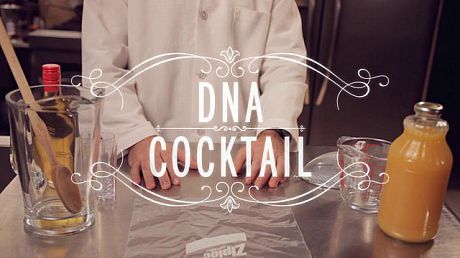Isolating and purifiying chromosomal DNA from living cells is a fundamental procedure that underpins and enables much of the research that takes place in our own and many other molecular biology laboratories.
By isolating the DNA from a population of cells, we are able to physically monitor the sequential order of enzymatically-driven molecular events that take place during the biological process of homologous recombination. From this genomic DNA we are able to determine: sites of preferential meiotic DNA break formation; processing events at the DNA break ends; recombination interactions driven by Rad51 and Dmc1 proteins; and the appearance of final genetically rearranged DNA products. By sequencing individual haploid genomes at the conclusion of meiosis, we can follow the segregation patterns of all chromosomes and infer the position and unique distribution of the 100-200 recombination events that arise across the genome of an individual meiotic cell.
In this video, TED Fellow, Oliver Medvedik demonstrates just how easy it is to isolate relatively pure genomic DNA from a handful of delicious summer fruits. Despite frequent requests, in the lab we tend to use the increased purity of 100% industrial alcohol and yeast cells for these purposes—rather than Bacardi, strawberries and pineapple juice. (Thanks go to Michael Lichten for pointing me to this recipe.)


